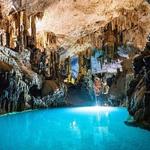Things To Do
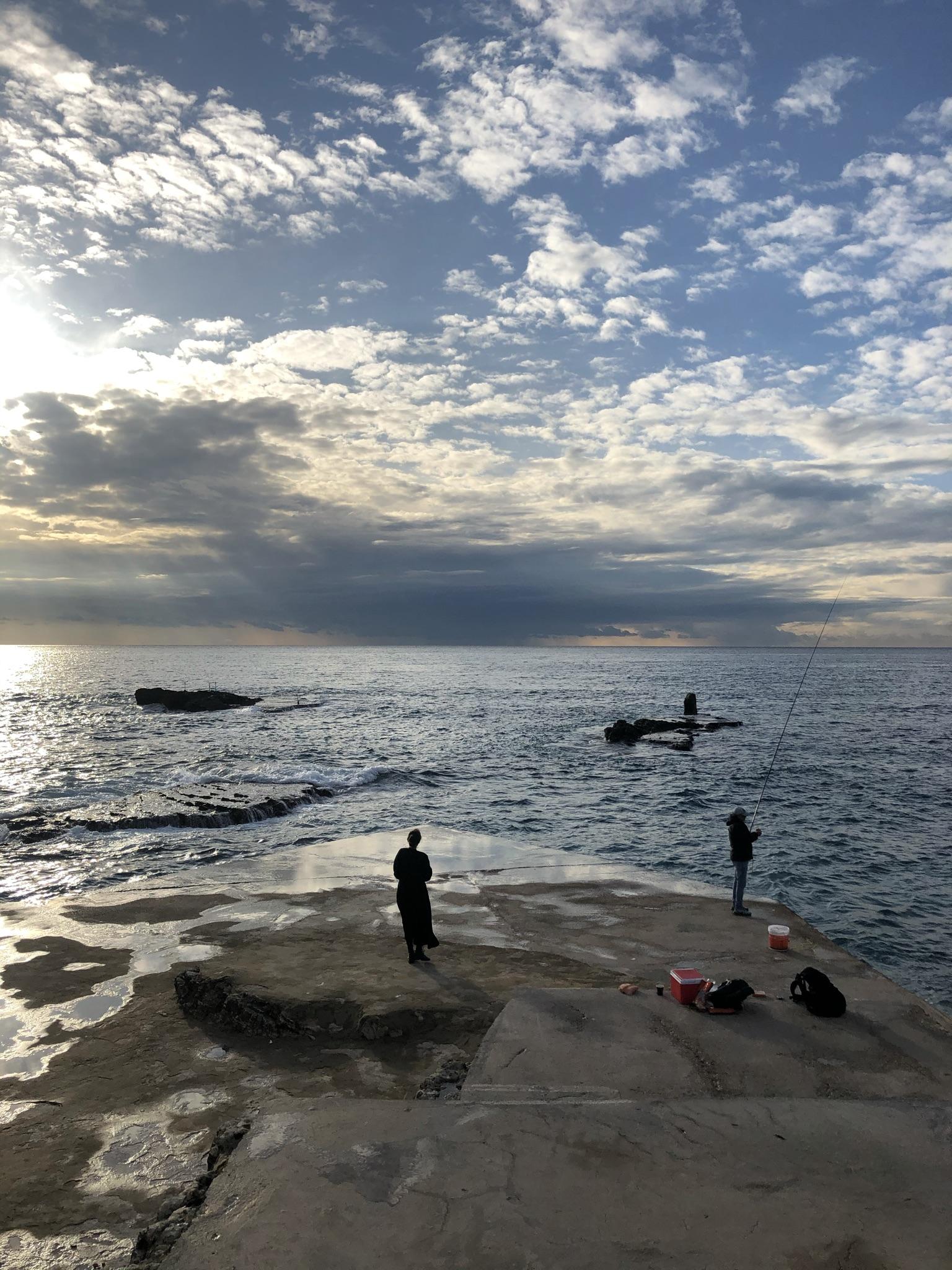
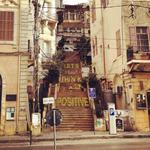
Beirut
Beirut Sitt el Dounia! Lebanon's capital went through a lot these past few years. It's a vibrant, charming, noisy and beautiful city to visit. The city's walls echo nostalgia from the past. In fact, this little coastal capital was rebuilt seven times. Where to go? Walk around Gemmayzeh and Mar Mikhael to discover the historic heart of the city. Visit the Musee Sursock, the National Museum of Beirut and Beit Beirut. Walk around the Corniche and Raouche up to the Pigeon Grotto. Stop for a nergileh and frozen minted lemonade at Falamanki. Have a look at Downtown Beirut (incl its Roman ruins) and Martyr's square, the historical central public space in Lebanon and a popular spot for protests and civil gatherings. If you have what it takes... have a look at the silos of the Port of Beirut from which the 4 August 2020 explosion detonated... To understand Beirut's complexity and history, we recommend you book a walking tour through 'Let's Beirut': https://letsbeirut.tours/book-a-tour
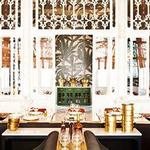
Restaurant & shops - Beirut
Restaurants in Beirut - Lebanese food - Emm Sherif (lunch - just trust them with the menu) - Liza (lunch or dinner - beautiful setting in a renovated Lebanese house. They have a nice garden too) - Tawlet Souk el Tayeb (lunch, open kitchen with visiting home cooks from different parts of the country) - Onno (Armenian-Lebanese fusion, delicious) - Sultan Ibrahim (seafood) - T Marbouta - Falamanki - nerguileh & Meze Street Food - Falafel Sahyoun - Boubouffe - for shawerma (not souvlaki please!) - Abou Joseph - shawerma - Ishkania - for lahm baajin - Souse (a breakfast you'll remember) - Hannah Mitri ice cream - Bohsali - Knefeh and arabic sweets - Hallab - Ashta ice cream Market - on Saturday morning : Souk el Tayeb in Mark Mikhael. But go early because we then have 'La Fete au Village' Shops - Artisanat du Liban (crafts) - Orient 499 (fashion, statement accessories and handmade home decor, $$$ but beautiful) - Liwan (clothing and artifacts) - Plan BEY (books and prints)
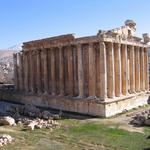
Baalbek
Approximately 2 hours from Beirut, Baalbek temples, situated in the Beqaa Valley, are not to miss. The name 'Baalbek' comes from 'Baal', a Phoenician God. Under the Roman Empire, Baalbek reached its most impressive state, housing a complex of temples built over a period of more than 200 years. We recommend you book a tour to visit Baalbek either through Nakhal (www.nakhal.com/Lebanon/daily-tours) or Blue Ocean Creations (blueoceancreations.com). Here is a virtual tour of Baalbek : https://www.smithsonianmag.com/smart-news/take-3d-tour-ancient-temples-lebanon-180977451/ Food & more: (1) on your way to Baalbek stop for a Labneh Sandwish at Massabki, (2) on your way back, stop at Chateau Ksara for a wine tasting and a visit of their two-kilometer network of roman caves, where their rarest and finest vintages are stored. P.S: The Roman in the couple was mind blown by the Temple... so really don't miss it.
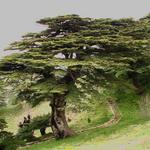
Cedars Of God, Bcharreh and Qadisha Valley
The Qadisha Valley site and the Forest of the Cedars of God (Horsh Arz el-Rab) are located in Northern Lebanon, about 2 hours from Beirut. You'll see the most venerable representatives of the Cedars of Lebanon, which once covered the country's mountains. The village of Bcharreh was home to Gibran Khalil Gebran. You can visit his museum and eat the best Kebbeh in the country. Some monks still live in the rocky valley of Qadisha. In fact, the word 'qadisha' means 'holy' in syriaque. The Qozhaya Monastry a.k.a. Sant Antoine de Qozhaya is a must see. The area is beautiful to visit for a day in the mountains. Best is to organise a hike, we will find the contact of a good guide and share soon!
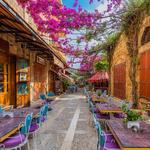
Byblos/Jbeil
Just a 45-minute drive from Beirut lies the charming and historical seaside city of Byblos (Jbeil in Arabic), thought to date back to 7,000-8,000 BC. The port of Jbeil gives you direct access to the old souk. It's a melting pot of mosques and churches and its thick stone walls narrate a history of the Phoenicians, Romans, Greeks and the Crusades. Don't miss the Alphabet Museum of Jbeil to know more about the Phoenician alphabet! You can have lunch by the port at the historical Pepe Abed.
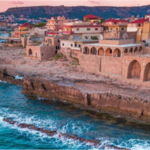
Batroun
You can visit Batroun the same day as Byblos. Not to miss: - Mar Estephan Cathedrale - The old souk of Batroun - Saydet al Bahr also known as Lady of the Sea chapel - Makaad El Mir Batroun is now the 'vida loca' of Lebanon. There are lots of bars and restaurants. I have a love and hate relationship with it because it was renovated by an extremely corrupted politician. Anyway... let's not get too deep, go and enjoy :)
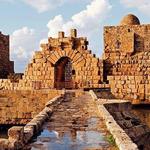
Saida and Tyr (Sour)
Saida / Sidon With its citadelle, port and old souk, Said is a historical hub dating back to the Phoenician times. It is charming with its small roads and its authentic souk. Visit the Crusader Sea Castle, the well-restored Khan al-Franj, the traditional Arabic souqs and the old soap factory. Tyr / Sour Tyr is a small fisherman port with colourful roads and small restaurants. Visit the Tyr port, Old quarters and the Tyr Roman ruins (incl a beautiful hippodrome). We recommend you visit Saida and Sour through an organised tour via Nakhal or TourBeirut.com
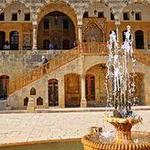
Beiteddine, Deir el Qamar and Chouf Cedar Reserve
Three main things to visit: 1. Start by visiting The Beiteddine Palace which is a masterpiece of the early 19th century Lebanese architecture built by Emir Bechir Chehab II around a small Muslim-Druze hermitage. 2. Take a walk in Deir el Qamar village - known for its traditional houses, narrow streets, and historical landmarks. Some of the places that you’ll come across are Fakhreddine Palace, Silk Khan, and Younes Maan Palace. 3. Finally visit the Al-Chouf Cedar Nature Reserve, Situated about 60 kilometers from Beirut, is the largest nature reserve in Lebanon. It is home to about 25% of all cedars in Lebanon. You can organise a hike around the area.
